24+ Sample Thesis Proposals
-
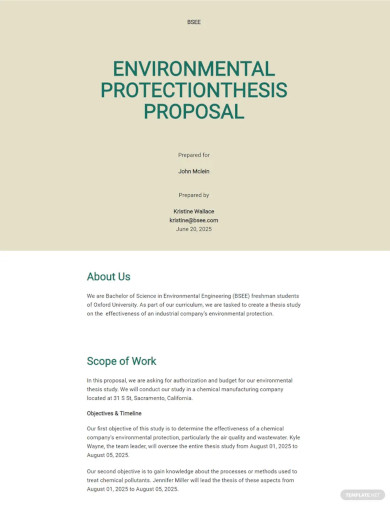
Thesis Proposal Template
download now -
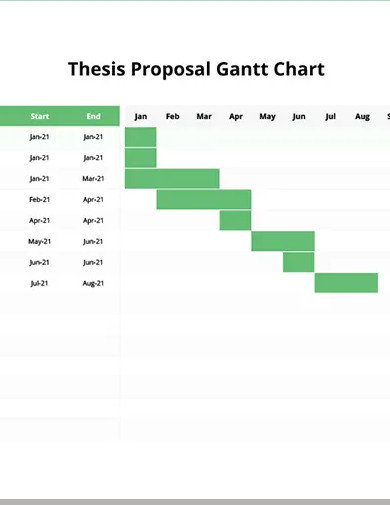
Thesis Proposal Gantt Chart Template
download now -

General Thesis Proposal Template
download now -
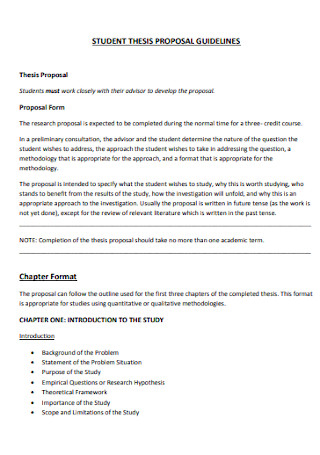
Student Thesis Proposal Template
download now -
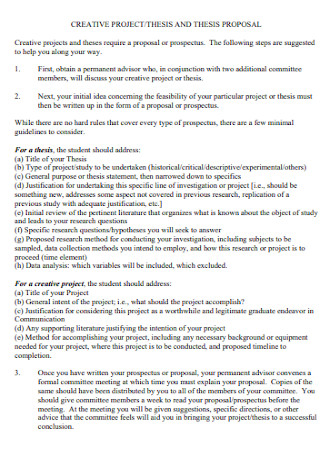
PhD Project Thesis Proposal
download now -
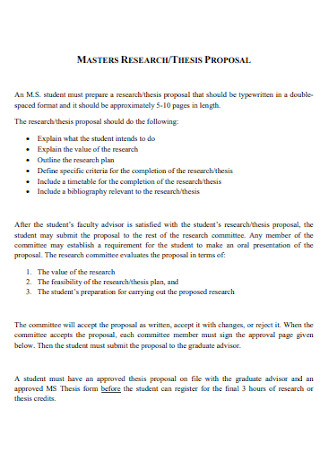
Master Research Thesis Proposal
download now -
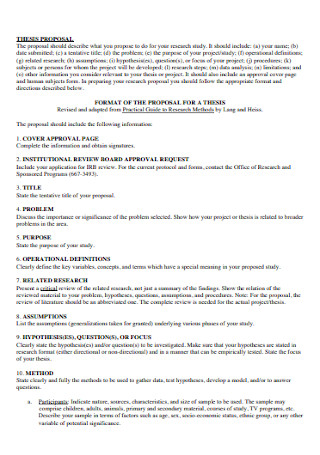
Thesis Literature Review Proposal Format
download now -
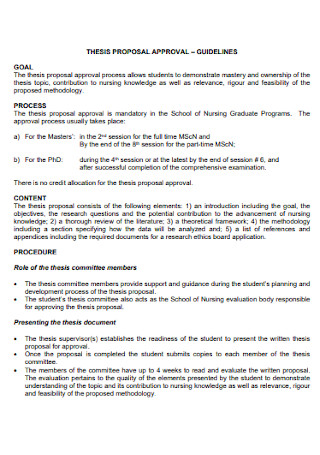
Thesis Proposal Cover Page Approval
download now -
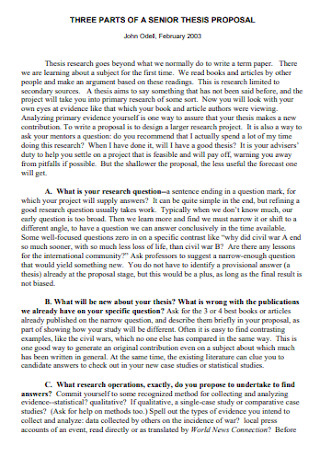
Senoir Title Thesis Proposal
download now -

Standard Design Project Thesis Proposal
download now -
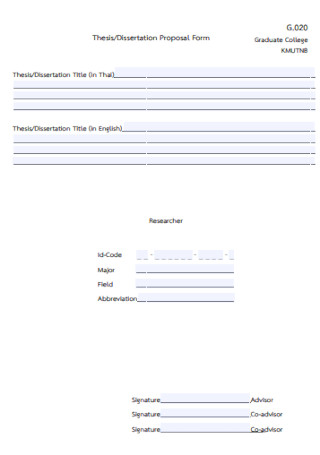
Abstract Thesis and Dissertation Proposal
download now -
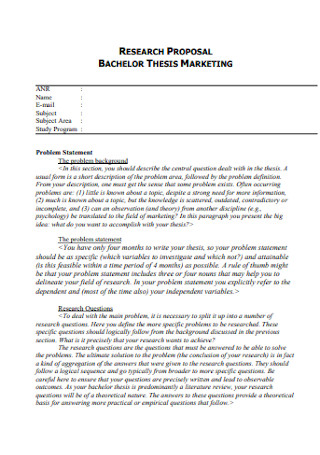
Bachelor Introduction Thesis Marketing Proposal
download now -

Student Master’s Thesis Proposal
download now -
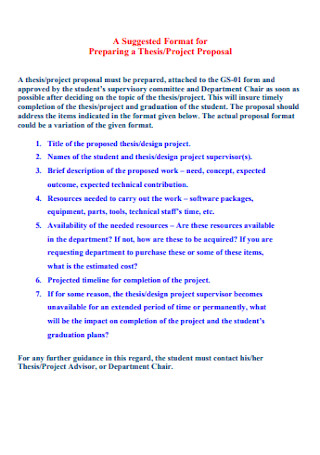
Sample Project Work Plan Thesis Proposal
download now -

Basic Architecture Thesis Proposal
download now -
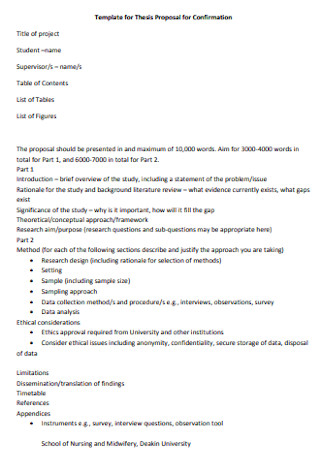
Academic Thesis Proposal for Confirmation
download now -
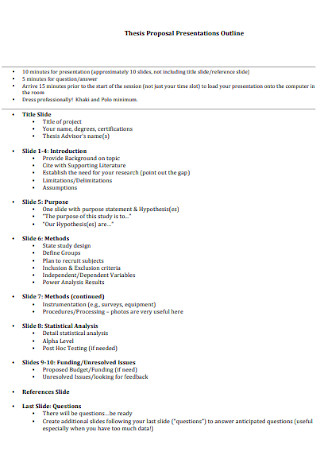
Thesis Paper Proposal Presentations Outline
download now -
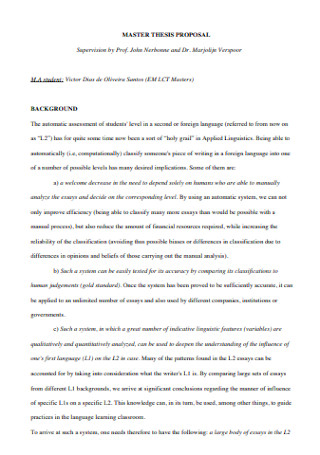
Basic Master Study Thesis Proposal
download now -

Bachelors Structure Thesis Proposal Format
download now -
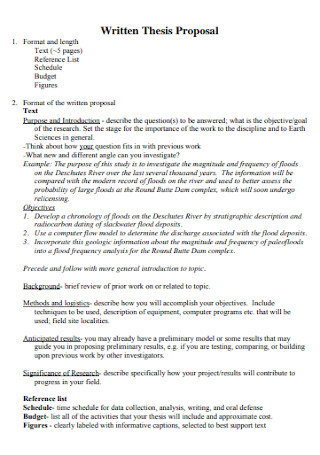
Written Essay Thesis Proposal
download now -
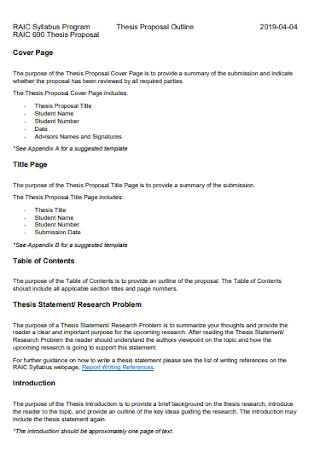
Formal Acknowledgement Thesis Proposal
download now -
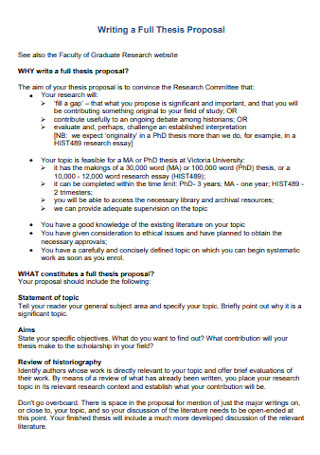
Standard Layout Thesis Proposal
download now -
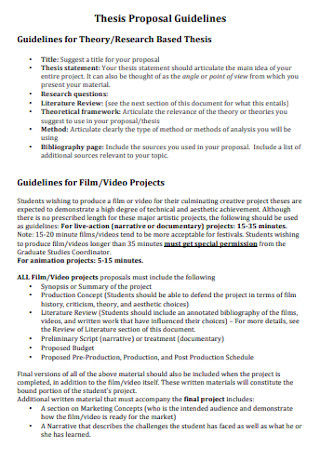
Interior Design Thesis Research Proposal
download now -
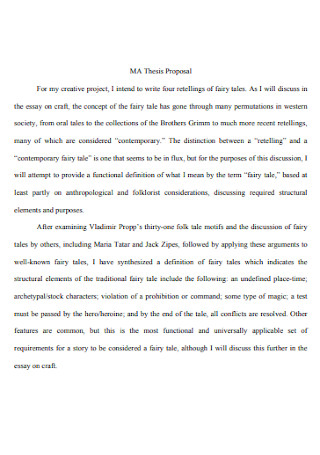
MA Background Thesis Proposal
download now -
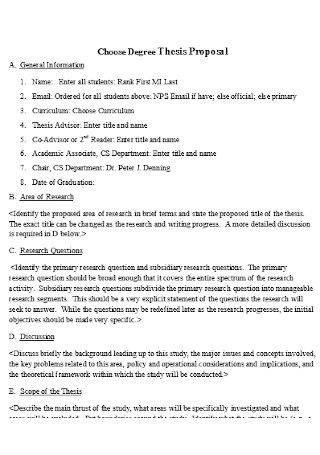
Sample Draft Degree Thesis Proposal
download now
FREE Thesis Proposal s to Download
24+ Sample Thesis Proposals
What is a Thesis Proposal?
Main Sections of a Thesis Proposal
How To Write a Thesis Proposal in Five Simple Steps
Most Common Mistakes in Writing a Thesis Proposal
Importance of Theoretical Frameworks in a Thesis Proposal
FAQs
What makes a good thesis proposal?
How long does a thesis proposal have to be?
Can I use charts, tables, and figures in the thesis proposal?
How many theoretical frameworks should be present in the proposal?
What is a Thesis Proposal?
A thesis proposal is a piece of document designed to explain what you want to study, how it will be studied, why the topic needs to be studied, and when you intend to conduct the study. In short—this is your research work plan. Its main purpose is to communicate to your readers how you plan to approach a project.
Depending on the institutional requirements, the master thesis proposal or Ph.D. thesis proposal format may vary. However, regardless of different formats, at its core, it contains the same elements that will help your readers understand what you’re trying to do. It should convince them that your project has value—it is relevant and will have significant outcomes that will contribute further to the existing body of knowledge.
Main Sections of a Thesis Proposal
Your thesis proposal should be able to convey that it is not another piece of academic writing but a potential research work that will be extremely important for science. This important body of work can be translated into action by completing the seven main sections of the thesis proposal.
These seven sections are most likely required in any thesis proposal. You can also find them in any template as they are the most basic section in any thesis proposal examples. And having these sections shows a clear outline of the topic or issues that you will cover in your thesis paper.
How To Write a Thesis Proposal in Five Simple Steps
While it’s true that there are many dissertation proposals and thesis proposal templates available online and that is ready for you to use, it does not mean that you can just wing it. That also doesn’t mean you do not need to learn about the basics of thesis proposal writing. In fact, it’s all the more reason for you to learn so that you would know how to customize and personalize the templates that you will use. Follow these five simple steps on how to write a thesis proposal.
Step 1: Make an Outline of Your Proposal
Creating the outline of your proposal is the first step that you need to take. You need to gather and consolidate all the materials that you’ve gathered for your study. By carefully creating an outline of your research project proposal in your thesis proposal, you are actually helping yourself in the long run. It can follow the outline as a guide as you implement your study or the actual study develops.
Step 2: Defining a structure
This step simply means constructing your thesis proposal by entering the data or information you have gathered into the main sections of a proposal. Bear in mind that your institution or the funding agency may have different formats and you should always follow their guidelines.
Step 3: Planning Your Writing
No, this is not the outline. This step is actually planning on how you will write your thesis proposal. Many thesis proposals were rejected simply because there was no proper planning on what to write and they ended up being ill-written. So, before you start writing, you must first organize your thoughts and plan out how you will write your thesis proposal.
Step 4: Write About Your Topic Following the Thesis Proposal Format
Once you have come up with a plan—roll up your sleeves and stick to it. You should keep in mind that thesis proposals should be written in a formal style of writing. But make sure that you still keep it simple. Your choice of words should maintain academic objectivity while leveraging on readability.
Step 5: Proofread Your Finished Proposal
Once you’re done writing your thesis proposal, proofread it. Doesn’t matter if it’s for your graduate school or undergraduate thesis proposal, just proofread it. You need to make sure that your proposal is easy to understand and your reader doesn’t have a hard time understanding it. If this is the case, then you may need to rewrite some parts or completely revise them.
Following these steps will ensure that you will be on the right track in crafting your thesis proposal and there will be no reason for you to delay writing it.
Most Common Mistakes in Writing a Thesis Proposal
Research studies, before getting published, undergo a rigorous process of assessment and as the first step in conducting research, the thesis proposal goes through the same. In fact, acceptance rates typically do not exceed 40%. The rejection rate in more prestigious publishing journals can go as high as 95% (this means only about 5% of proposals get accepted). And while calculating acceptance rates vary from one institution to the next, it helps to know the common mistakes to avoid so that proposals get approved.
Here are the top reasons why thesis proposals are rejected during panel assessment:
Not Following Instructions
Thesis proposal formats often vary per institution or even journal publishers. However, there guidelines and instructions are given on how to write the proposal. If the researcher or group of researchers fail to follow directions as instructed, it raises questions about their ability to complete the project as indicated in the proposal.
Research Issues Being Investigated are Not Important Enough
Just because a group wants to take a test a hypothesis or prove a claim doesn’t mean that it warrants to be looked into closely. In many cases, academic experts would reject a thesis proposal if they deem the issue to be unimportant or if they believe that no new information will be produced as a result of the study.
Research Purpose, Objectives, and Questions Don’t Align
Many weak thesis proposals have misaligned research aims or purpose, goals, and objectives, as well as the issues that they want to tackle or the research questions. Sometimes, these three are misaligned altogether, the other times, there’s one odd out. But whichever section it might be, this misalignment can lead to the rejection of your thesis proposal.
Unjustified Topic for the Research Study
The most important job that a thesis proposal should do is to justify why a certain topic should be investigated. It should be able to justify and rationalize the decision to investigate the topic. It follows that your thesis proposal can convince academic experts to approve your study. A poorly justified thesis proposal would most certainly guarantee its rejection.
Importance of Theoretical Frameworks in a Thesis Proposal
Of course, when there are mistakes to avoid, you should also follow know that there are skills in thesis proposal writing that are any researcher should have. And that’s being able to relate the current study to an existing study. This means having a strong theoretical framework for your study.
Research questions and hypotheses of your study should always, always have a strong theoretical foundation. This means that you have an underlying theory to which can explain the issue that’s driving your research. It should explicitly connect the thesis proposal to the existing body of knowledge about the topic or in the research field, in general.
Your theoretical framework should not be mistaken for the literature review. The literature review section is about past articles and studies that were written about the topic you are investigating. On the other hand, your theoretical framework is the conceptual and analytical approach that you need to do to fill that gap in the literature.
To build a strong theoretical framework in your thesis proposal, you must be able to define the key concepts in your thesis, propose the relations between the topic and the body of knowledge, and discuss theories relevant to the current study.
Doing this will give your research direction and explain clearly what your research is all about and allow you to interpret and generalize findings to your readers and convince them about the significance of your research topic.
FAQs
What makes a good thesis proposal?
A good thesis proposal can capture the attention of the reader and focus on the essential information needed for the research study. It should be concise and easy to read without compromising the quality of the paper as well as its content.
How long does a thesis proposal have to be?
Including the title page and abstract, the thesis proposal should be approximately 8 pages long, excluding the annotated bibliography or references. Since this it’s still a proposal and not the thesis itself, the bibliography should have brief commentaries on different and relevant sources of works.
Can I use charts, tables, and figures in the thesis proposal?
When you’re planning your writing, it is best to consider the best way to convey your thoughts and communicate information to your audience. Rule of thumb in research is that if it’s too wordy and cannot be explained in two to three sentences, put it in a table.
How many theoretical frameworks should be present in the proposal?
Ideally, just one. Your theoretical framework should be an integration of the different existing theories and body of knowledge in your field of study. This means that, as a researcher, you should be able to relate your problem statements, research questions, and literature review cohesively to come up with a framework that will explain and generalize your findings.
Thesis proposals are important pieces of academic writing that are critical in anyone’s academic advancement, especially to the researchers. It’s a plan on how you should conduct your research study that should be able to convince your readers that it’s worthwhile. With that said, you should know, that like any other plan, it should be flexible enough to adapt to the predicted and unpredictable variables and factors that can affect your research study. It’s an important skill to have and it will develop over time. If you’re only beginning to write your thesis proposal, you can check out our available templates and use them as your reference.
